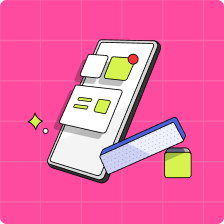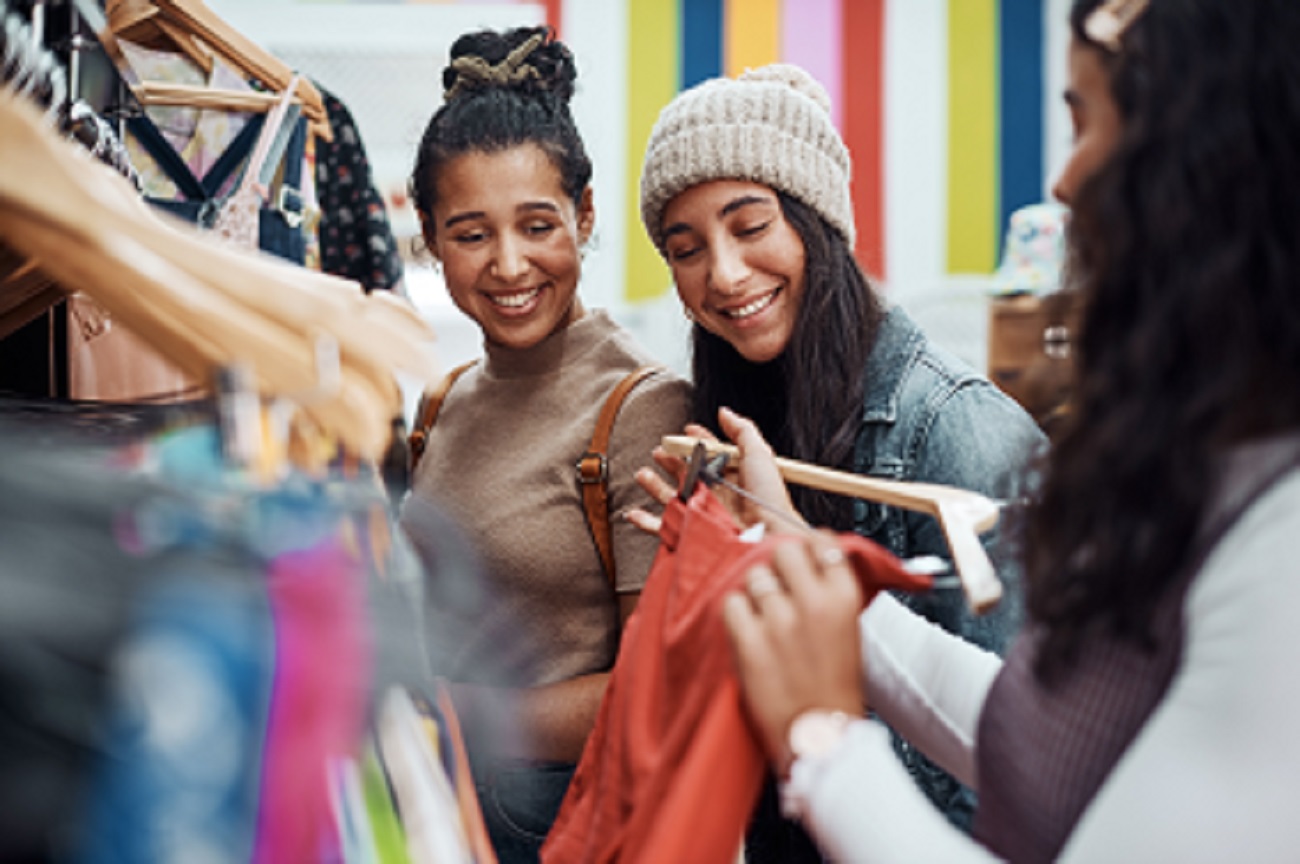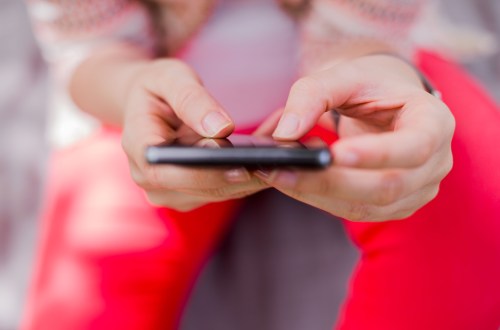When emotions run high, some people turn to spending money to cope. Whether it’s splurging on a new outfit to ease nerves before a big date or buying the latest gadget to shake off a bad day, a little “retail therapy” can provide an instant mood boost.
But while that initial rush is undeniably awesome, it’s important to recognize when feelings, not needs, drive our purchases. In this article, we explore what is emotional spending, common triggers, and healthier financial habits to help you control your financial well-being.
What is emotional spending?
Emotional spending, often called “retail therapy,” is when you make purchases based on your feelings rather than actual needs. Whether you’re feeling down, stressed, anxious, or even excited, a “feel-good” purchase can seem like a quick fix.
“Emotional spending occurs in response to an emotional trigger,” says Megan Rafuse, a registered social worker and co-founder of Shift Collab, an online therapy practice in Canada. “We might feel anxious, lonely, sad, insecure—or even celebratory! Not knowing how to handle these emotions, we buy something to feel better.”
It could look like treating yourself to a pair of designer sneakers after flunking a test or splurging on skincare after acing your exam. While these on-the-fly buys may deliver a thrill, that rush often fades fast, leaving behind money regrets.
But why do we turn to “retail therapy?” When we shop, our brains release “happiness hormones” like serotonin and dopamine, giving us a shot of joy. Rafuse explains, “When we buy something, dopamine lights up in our brains. It’s our reward centre, providing pleasure and motivating us to chase that feeling.” However, that high can fizzle out after the initial excitement of the purchase.
But did you know, dopamine is released not just when we get something, but when we think about a purchase? One study found that 76 per cent of people were more excited about online orders they waited for than immediate, in-store buys. Another Stanford study found that looking at pictures of things you want to buy activates dopamine, partly explaining why loading up an online cart can feel intoxicating. It’s all about the anticipation!
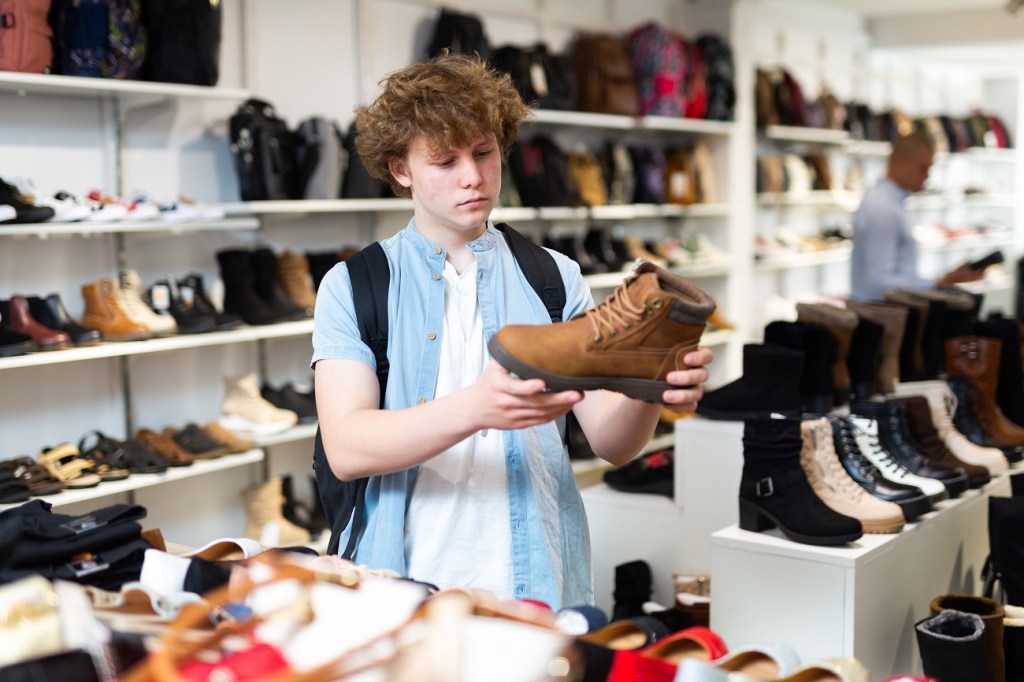
Why do people emotionally spend?
Teens (and adults!) aren’t immune from shopping to cope with their emotions. Let’s explore some common triggers behind emotional spending, backed by science.
1. A mood boost
When life feels overwhelming, shopping can seem like a quick fix. Buying something shiny and new distracts from what’s truly bothering us—as well as a sweet, sweet dose of dopamine.
“Teens often emotionally spend to solve a problem they’re facing,” says Rafuse. “For instance, scrolling through beauty products , I might think, ‘Maybe this new moisturizer will help me feel and look better.’”
On the flip side, emotional spending can happen when we’re happy, too. Treating ourselves after a big achievement can feel like a well-deserved reward to enhance the celebration.
2. Entertainment
Another trigger? Boredom. Browsing online or heading to the mall can shake up a dull day, even if you don’t need anything.
One study found that young people often make impulse fashion purchases out of boredom, triggered by sales, easy access, or free delivery. Basically, shopping provides an easy way to “click the boredom away.”
3. Advertising and social media
Advertising plays a huge role in emotional spending. In a nutshell, companies design ads to play on our feelings, manipulating us to believe that their products will make us happier, more successful, or more popular.
“Advertising is a big reason we spend emotionally,” says Rafuse. “When you see an ad, it might make you think, ‘If I had that, my life would be better.’ It’s tempting to believe a product can solve your problems.”
Today, advertisers also tap into social media to reach teens, using influencers to shape how they shop. Sponsored posts flood platforms like Instagram (26.5 per cent of posts) and TikTok (11.4 per cent), blurring the line between regular and paid content. This tactic is very effective: studies show influencers sway teens’ buying decisions more than family (although friends remain the biggest influence).
“We often forget that influencers are businesses,” Rafuse explains. “They try to sell us products that they claim will improve our lives, often without disclosing they’re getting paid by a brand.”
4. Peer pressure and “FOMO”
FOMO (or “Fear of Missing Out”) is a powerful feeling that can stimulate spending. Flashy, limited-time sales create a sense of urgency that’s hard to resist, especially when friends are in on the latest trends.
“We live in a world where we constantly compare ourselves to other people’s online reels,” says Rafuse. “You may think, “If I buy this thing, I’ll fit in.”
5. Sense of control
When life feels scary or uncertain—whether it’s school pressures, family issues, or global events—choosing what to buy allows us to regain some power over our lives.
“It’s like saying, ‘I can’t control what happens in the world, but I can decide what’s in my shopping cart,” says Rafuse.
6. Your growing teenage brain
Another reason why many teens struggle with emotional spending? Their brains are still a work in progress, making impulse control more challenging.
“You may feel like your brain is fully functioning—but remember, the teenage brain is still developing,” says Rafuse. “Emotionally and cognitively, teens may find it harder to manage impulsivity.”
Rafuse explains that teens often “live and act in the moment,” driven by immediate desires without weighing long-term consequences. So when something catches their eye, the urge to snag it ASAP can lead to those tempting impulse buys.
What are the effects of emotional spending?
Emotional spending has consequences, impacting both your financial and mental well-being. Shopping to cope with emotions can lead to a range of negative outcomes, including:
Money regrets: That post-shopping high can fade into buyer’s remorse, leaving you feeling guilty and questioning your choices.
Debt: Emotional spending may involve turning to credit cards, which can spiral into debt if you can’t pay off the balance. In time, this could also hurt your credit score.
Mental health and self-esteem impacts: Overspending can feel like a #LifeFail, deflating your self-worth and leaving you more stressed and anxious than before.
Family conflict: While you might feel fabulous after a shopping spree, your parents likely won’t share the same excitement when the credit card bill arrives or you fess up to how much it cost.[6]
Compulsive spending behaviour: Without healthier coping strategies, emotional spending may eventually lead to compulsive buying (an uncontrollable urge to shop, often followed by regret and financial trouble). “If we rely on spending for that dopamine hit, we may get stuck in a cycle of impulse buying just to feel that pleasure,” warns Rafuse.
How do you control emotional spending?
You may be asking, “How can I stop spending money?” Aside from surrendering your wallet, here are a few strategies to curb the urge to spend.
1. Tune into the triggers
Emotional spending often starts with a feeling—whether it’s stress, boredom, or glee. Pay attention to what situations or feelings may push you to shop impulsively. Awareness is the first step!
“A helpful acronym is H.A.L.T.: Am I ‘Hungry, Angry, Lonely, or Tired?’” says Rafuse. “It’s a way to stop from acting on a trigger.”
Once you’ve got the H.AL.T. strategy down, try swapping “retail therapy” with healthier habits—like exercising, journalling, or talking to a friend.

2. Take a time out
Feeling tempted to hit “buy now?” Give yourself a “time out” for 24 to 48 hours. This break lets reconsider if you actually need that new game console—or if you’re just “buying your feelings.”
“Waiting gives you time to cool off from the impulse,” says Rafuse. “Sometimes just putting the item in your cart gives you that dopamine hit, but when you come back later, you might realize you don’t want the item anymore.”
3. Become a savvy shopper
Advertisers and influencers often use emotions to make you want to buy things. Learn to spot tricks, like urgency (“Sale ends at midnight!”), scarcity (“Only 3 left in stock!”), or selling a lifestyle (#HotGirlSummer).
Always check if an influencer is paid to promote a brand, as this impacts the authenticity of their recommendations. Take the time to research, compare prices, and read reviews to see if the product lives up to the hype. A little awareness can help you make smarter, more thoughtful buying decisions.
“Ask: ‘Does this influencer stand to gain something from me?’” says Rafuse. “It’s cool to be a discerning consumer!”
If you notice certain influencers trigger your shopping habits, it might be time to unfollow or mute them. Your wallet will thank you later.
4. Set a budget for fun, guilt-free spending
Set aside a specific amount each month just for “wants”—think new clothes or concert tickets—so you can indulge without overspending. The Mydoh Cash Card can also help you to stick to your spending limits. Allocate “fun money” for the month, and once it’s gone, you’ll know it’s time to hold off on purchases.
Also, make budgeting fun! It should feel like a celebration, not a chore. You could gamify your savings goals or try loud budgeting. With the Mydoh app, you can set savings goals and track your spending with a few clicks, helping you reach your dreams faster.
READ MORE: Budgeting 101: A Guide for Parents and Teenagers
5. Seek support
Can’t control the shopping itch? Call for back-up! Sharing your struggles with someone you trust can provide perspective, support, or even a distraction. Maybe you need to binge-watch Emily in Paris with a bestie, not buy that boujee lipstick.
“If you find yourself frequently resorting to emotional spending, consider talking to a friend or family member,” says Rafuse. “Seeking support can help you develop better coping strategies. And there’s no shame in going to therapy to learn how to handle your emotions in healthier ways.”
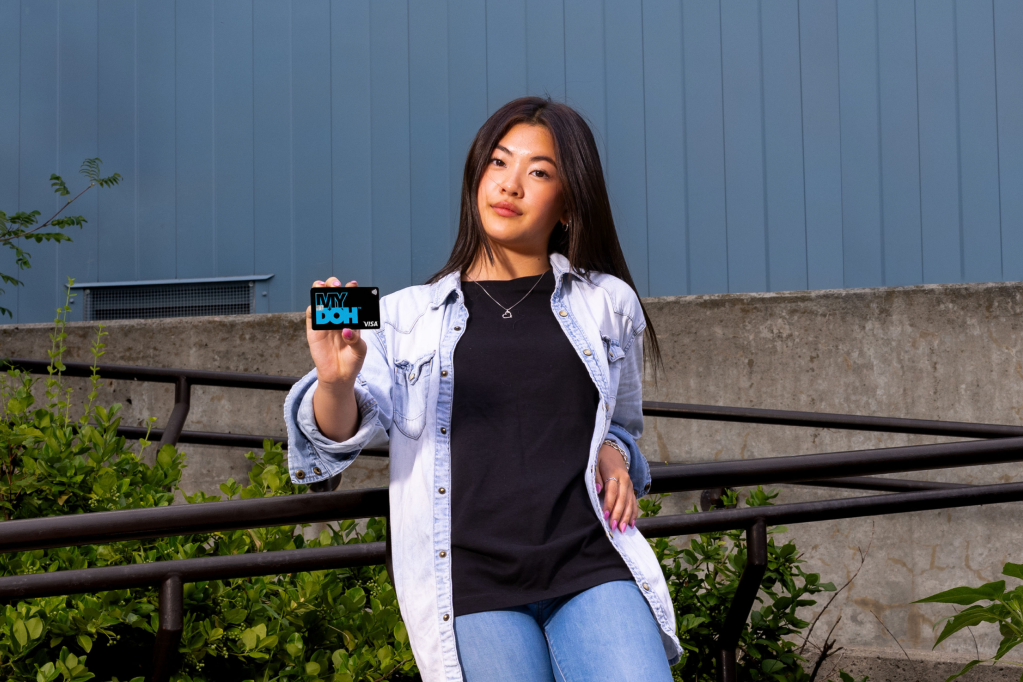
How Mydoh can help you with emotional spending
Emotional spending might feel good in the moment, but it can lead to regret and overspending. That’s where Mydoh comes in to help you take control of your finances. With Mydoh, you can easily track your spending to see where your money goes, helping you spot those impulse-buy patterns.
You can also move money to “general savings,” safeguarding it from emotional spending sprees. Plus, the “Should I Buy It?” tool encourages you to think twice about whether that purchase is worth it. Armed with these tools, you’ll feel empowered to take charge of your finances and make decisions that boost both your mood and bank account.
Download Mydoh and help build the foundation of financial literacy for kids and teenagers.
This article offers general information only and is not intended as legal, financial or other professional advice. A professional advisor should be consulted regarding your specific situation. While the information presented is believed to be factual and current, its accuracy is not guaranteed and it should not be regarded as a complete analysis of the subjects discussed. All expressions of opinion reflect the judgment of the author(s) as of the date of publication and are subject to change. No endorsement of any third parties or their advice, opinions, information, products or services is expressly given or implied by Royal Bank of Canada or its affiliates.
